Today we present a new worksheet to stimulate working memory in children called The Correct Order.
What does it involve?
It consists of memorizing a series of pictures in order and then being able to recognize that sequence among several options.
Below, we show you an example of how to train working memory in children with the activity The Correct Order:
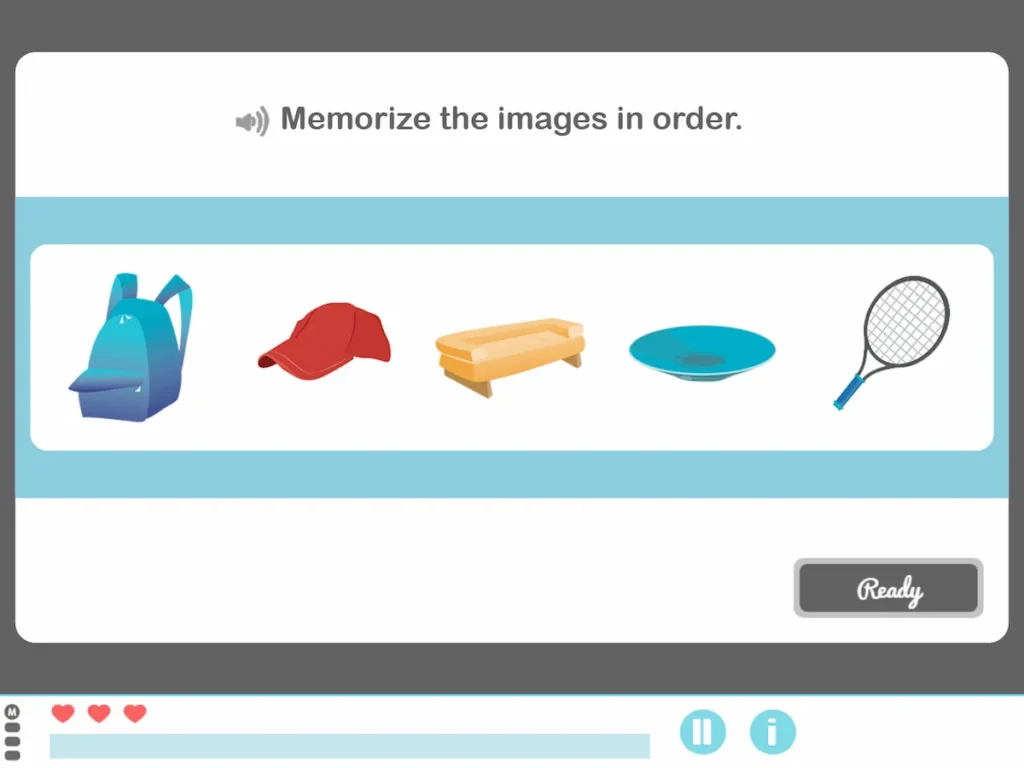
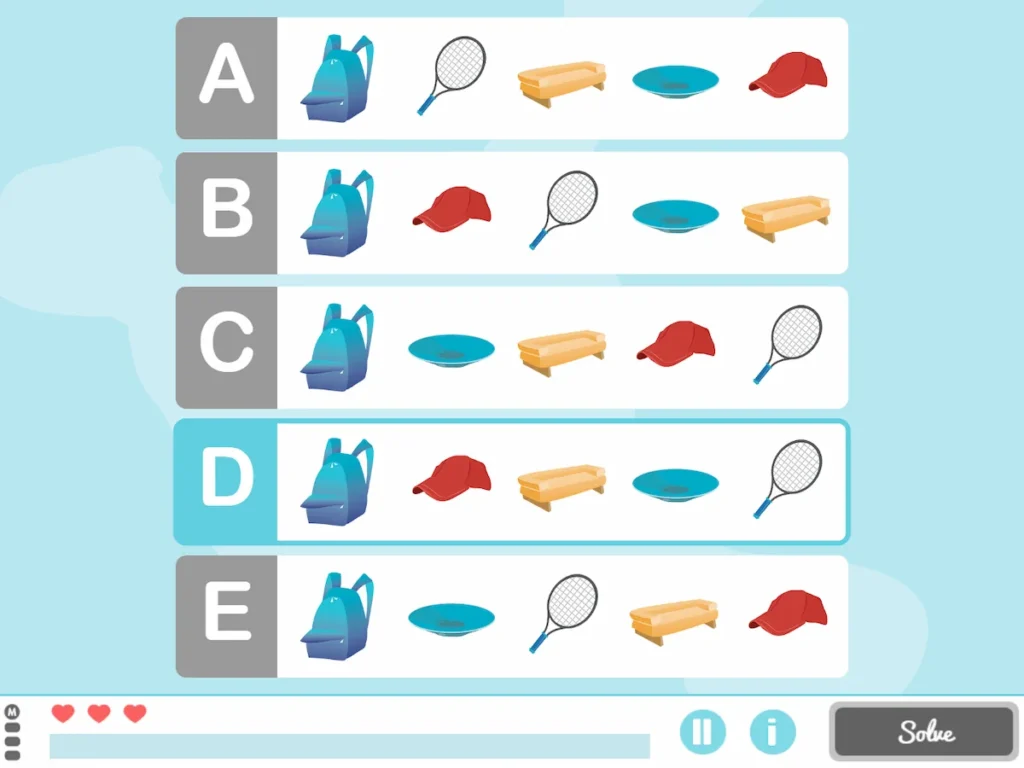
What does this activity train?
With this worksheet to stimulate working memory in children we work on the recognition of processed information. In principle it should be much easier than free recall, but it is also very important to reinforce.
Difficulty levels
The Correct Order is a worksheet and, like all NeuronUP worksheets, is organized into five levels of difficulty:
- basic,
- easy,
- medium,
- difficult,
- advanced.
With this worksheet to stimulate working memory in children we work on the recognition of processed information. In principle it should be much easier than free recall, but it is also very important to reinforce.
Format
In addition, this activity to work on emotional intelligence with children can be worked on both in format digital and in paper.
Languages for this activity
This activity can be worked on digitally in Spanish, English, French, Portuguese and Catalan. And in paper format in Spanish and English.
Adult version
The Correct Order has an adult version called Image Sequence Recognition. In the following video we show you how it is used:
If you liked this activity to stimulate working memory in children, you may also be interested in these articles:
“This article has been translated. Link to the original article in Spanish:”
Ficha para estimular la memoria de trabajo en niños: El orden correcto
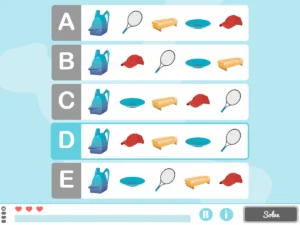
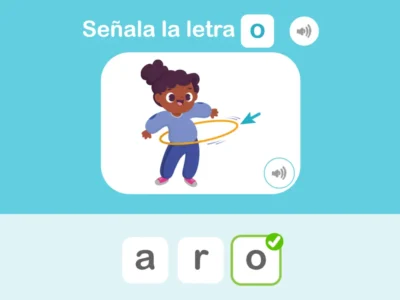
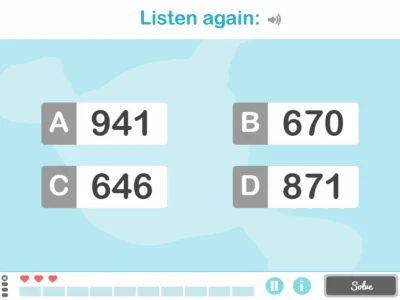
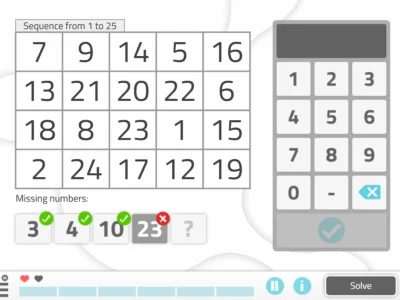
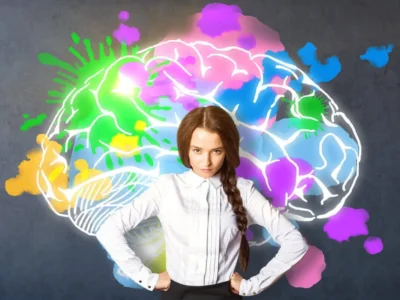

 Practice cognitive stimulation in different languages
Practice cognitive stimulation in different languages
Leave a Reply